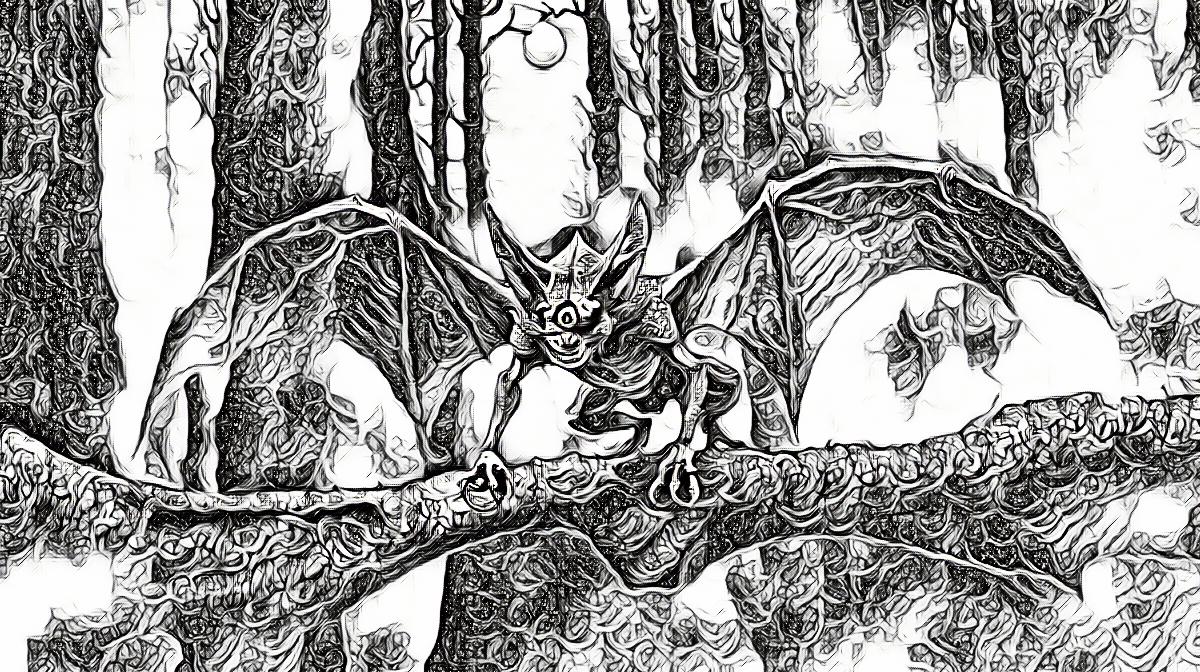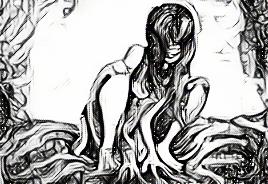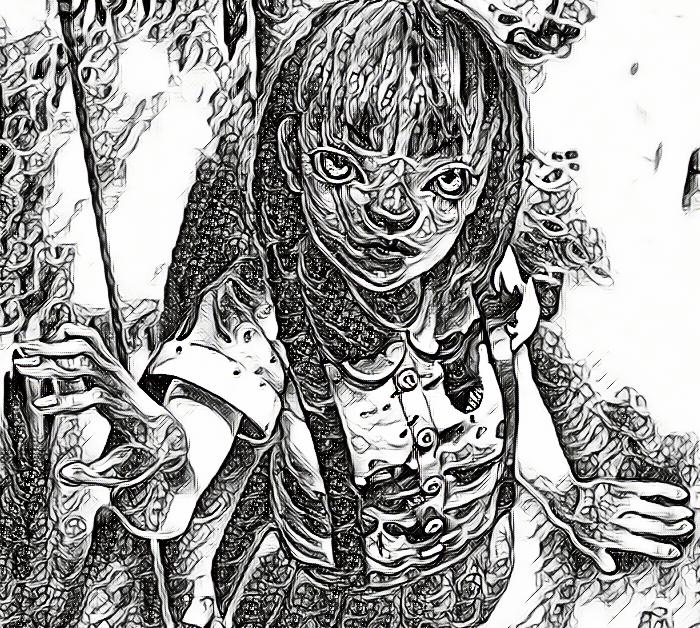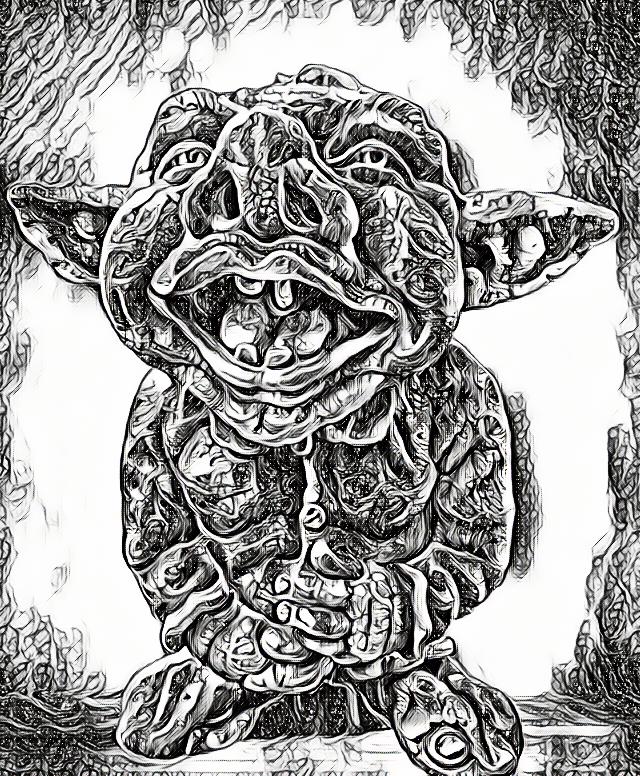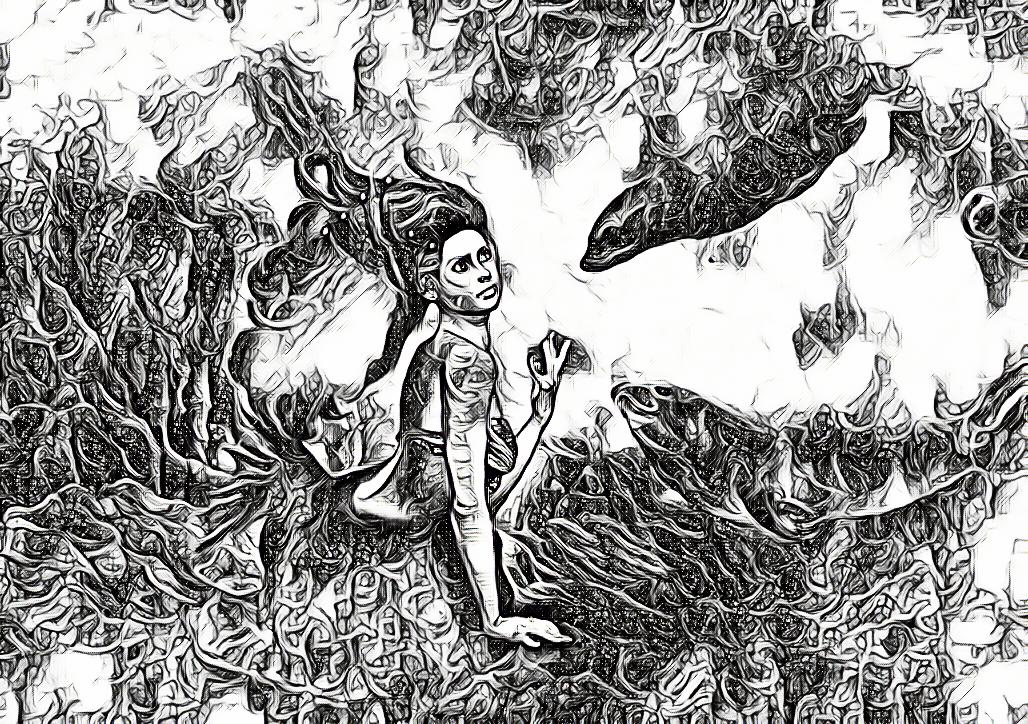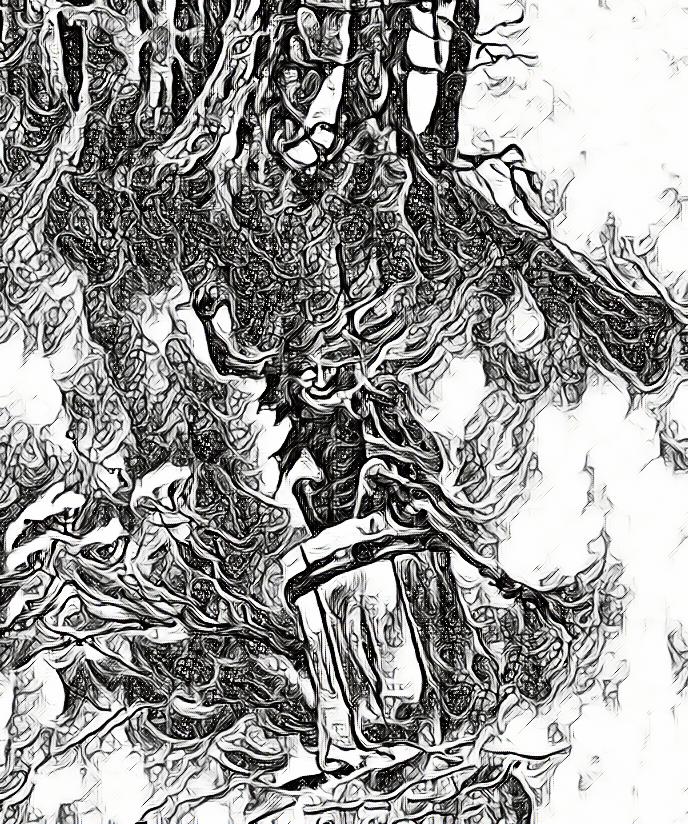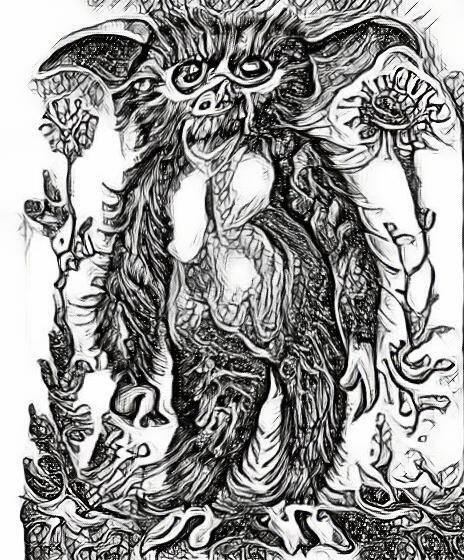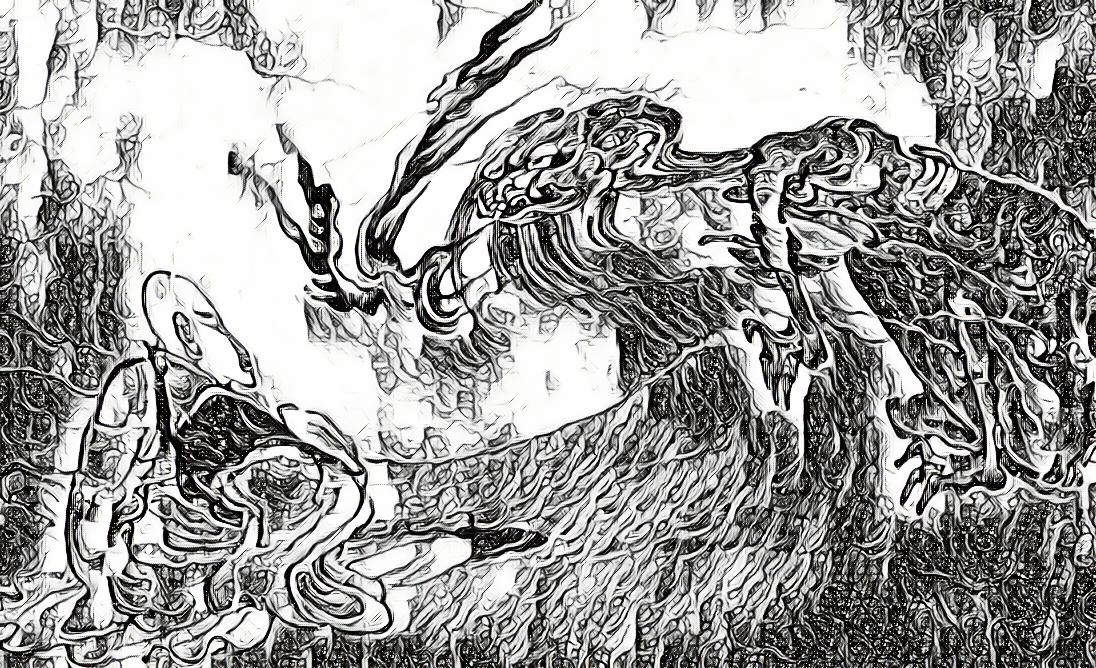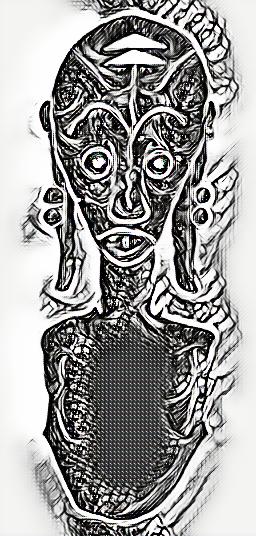On the secluded Tanzanian island of Pemba, nestled in the tranquil waters of the Indian Ocean, lurks a malevolent entity known as the popobawa. This sinister creature possesses the ability to shapeshift, morphing from a menacing bat to a humanoid form, instilling fear in the hearts of those who dare to cross its path. While it typically prowls under the cover of night, some unfortunate souls claim to have encountered it even in the harsh light of day.
The popobawa, aptly named “bat-wing” in Swahili, shows no mercy in its selection of victims. However, in the chilling accounts that circulate among the island’s inhabitants, a disturbing pattern emerges – the spirit is said to target men for heinous acts of sexual assault. Its attacks are indiscriminate, leaving a trail of terror and trauma in their wake.
Originating in the tumultuous aftermath of political upheaval, the legend of the popobawa has gained momentum over the past few decades. In the wake of a tragic assassination that plunged the nation into chaos, tales of the malevolent entity began to spread like wildfire, woven into the fabric of local folklore.
The aftermath of a popobawa attack plunges the community into a state of panic and hysteria. In a desperate bid to ward off the creature’s advances, some resort to extreme measures, such as staying awake in groups or smearing themselves with pig’s oil, clinging to the hope that such rituals will offer protection from its malevolent influence.
Among those who have fallen victim to the popobawa’s sinister grasp is Mjaka Hamad, a humble peasant farmer whose harrowing encounter left him scarred both physically and mentally. Recounting his ordeal, he describes the crushing weight of the creature’s presence, a chilling reminder of the ever-present threat that looms over the island.
As the legend of the popobawa continues to cast its shadow over the island of Pemba, its terrifying legacy serves as a stark reminder of the darkness that lurks within the human psyche and the enduring power of fear.
